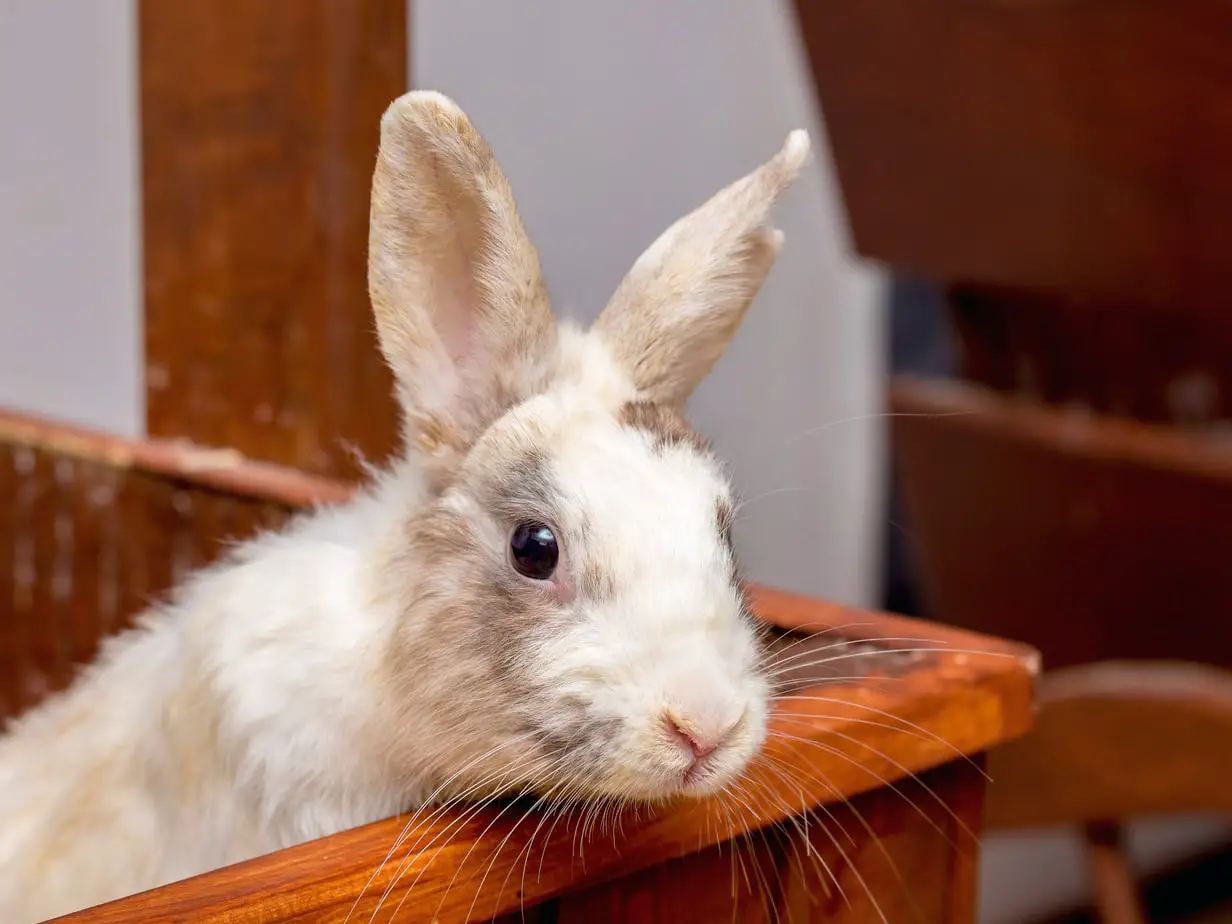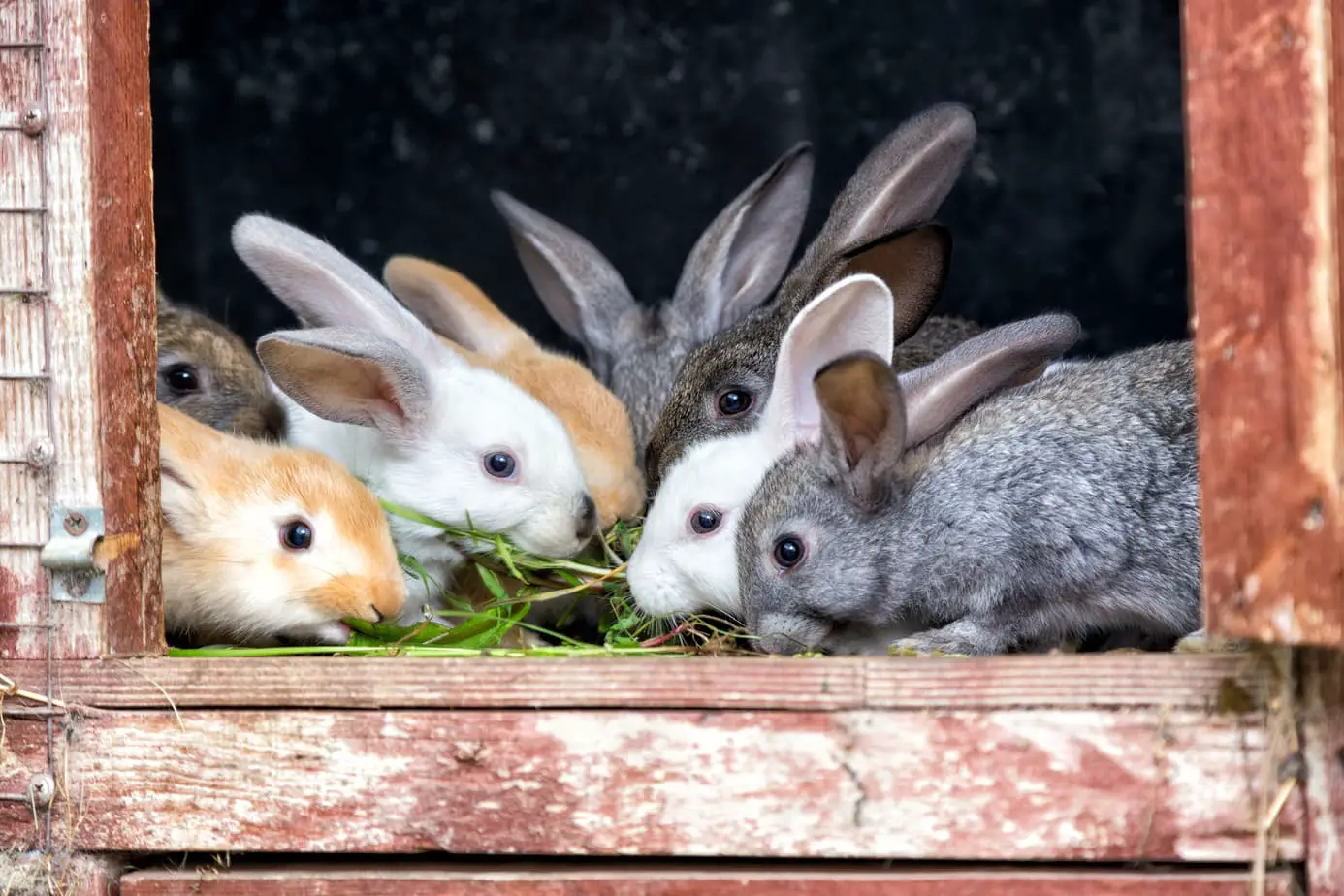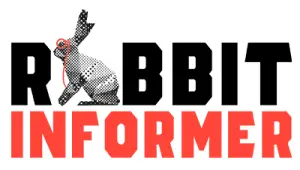
Rabbits, like any animal, have to relieve themselves and as an owner, you don’t want any mess. Your bunny will need to be trained and you need to know what is the best way to do that.
Puppy Pads are not safe for rabbits due to the chemicals used to make them. Rabbits are natural chewers and ingesting a puppy pad can cause damage to your pet rabbits. Rabbits can be litter trained like cats, preferring to do their business in a specific location. As an owner, this is important to let your bunny roam free without causing an accident.
So, what makes puppy pads so dangerous? What can be used to make a good litter box, and how can I train my rabbit effectively?
Puppy Pads: Why They Are Dangerous
Many puppy pads are made from multiple layers of different materials to create the optimal absorbent. But these puppy pads and their materials can be dangerous to bunnies when digested. That is where the greatest danger is.
Many puppy pad brands are made with some part plastic. This can cause a great deal of damage to your rabbit especially when eaten. Your rabbit is going to chew on a puppy pad.

Rabbits will chew on anything and everything and that includes the things that they do their business on. Your bunny will actually prefer to chew on something as it goes to the bathroom.
There are also chemicals in the puppy pads that absorb urine and other liquids by expanding. So if that is digested then there could be a problem with that chemical expanding in your buns stomach creating blockage and ultimately lead to them becoming very sick.
Other chemicals are used in puppy pads that attract dogs to the pad so that they go to the bathroom there. These chemicals are specific pheromones that elicit a response and may cause your bunny to act strangely.
Litter Boxes and How to Make Them
Instead of using puppy pads, a strong alternative is a litter box. Rabbits are very clean animals and prefer to keep their living space so. A litter box is something that they will learn to use naturally as they have to go to the bathroom.
A good place to start when making a litter box is by getting a shallow box that is water-resistant and sturdy enough for the rabbit to feel secure. A good suggestion would be a short-sided plastic storage tote. These work very well for the litter box as it allows your rabbit to hop into, but will still contain any refuse.
Once you have the box, fill the bottom with a thin layer of litter. This is because you will be replacing the litter often. By having a thin layer that is just enough to absorb liquid then you won’t use as much litter.
“There’s no need to fill it too high since rabbits don’t bury their droppings like cats.”
Abi Cushman – MyHouseRabbite.com (source)
Something else that helps your rabbit feel more natural in its litter box is putting a layer of hay over the litter. The hay will help the rabbit want to be inside of the litter box. It will also absorb some of the liquid as well.
Finally, with your rabbit being very clean and to help it want to go to the bathroom you should clean out its litter box often. This should be done at least once a week but may need to be done more than that. Rabbits will often relieve themselves more often than other household pets because of their diet, which is high in fibers.
TIP: This article on How to Set up a Rabbit Litter Box in 10 Steps has some very helpful information that I wish someone would have told me before I got my first rabbit!
Tricks for Training Your Rabbit
When you first get your rabbit and want to train it to use its litter box some things will make this process easier. It is important to get them trained as quickly as possible so that you don’t have any unwanted messes. Plus, you want to feel comfortable playing with your rabbit outside of its pen.
Rabbits like to chew on hay when they are doing their business because it gives them something to do and allows them to relax. To facilitate this, you can put their hay box next to their litter box. This will help them want to be in their litter box and it will help differentiate between the hay in their litter box and the hay they can eat.
Also, a great way to get them to start using the litter box is to keep them contained with their litter box until they start using it consistently. This will help them know where to go to the bathroom and will keep them from going somewhere else.
Rabbits are very organized and once trained will make a habit of going in their litter box. They will characterize it as their place to go to the bathroom and then won’t have the tendency to go elsewhere.
What to Use Instead of Puppy Pads
Sometimes though your rabbit will seek other places to go to the bathroom, even if they are trained. It can be tempting to use puppy pads in this situation, but there are better options to keep your rabbit safe.

Newspapers are a good option to have something down to keep a large mess from occurring. Newspapers can be digested by your rabbit without any major problems in the health of your rabbit. This is a much better alternative than puppy pads.
However, not all newspapers are safe. This article, Ask the Vet: Is Newspaper Safe for a Rabbit Cage?, will tell you everything you need to know about how to choose which type of newspaper will be the best for your pet rabbit.
Also, it might not be too much to worry about if your rabbit is pooping outside of its litter box but still peeing inside of the box. Poop is much easier to clean than pee. But you can still look into options to keep their excrement contained. One option might be vacuuming it up. Can You Vaccum Rabbit Poop? is a helpful article I wrote to help you better assess your cleaning options.
Most likely there is a reasonable explanation for why your rabbit won’t use the litter box or has stopped using the litter box for that matter. Try cleaning out its litter box more thoroughly and replacing the hay in the hay box.
It may be the case that the litter box just needs to be extra cleaned or placed in a new location. But there will usually be a visual way in which you can see why your rabbit isn’t using its litter box.
